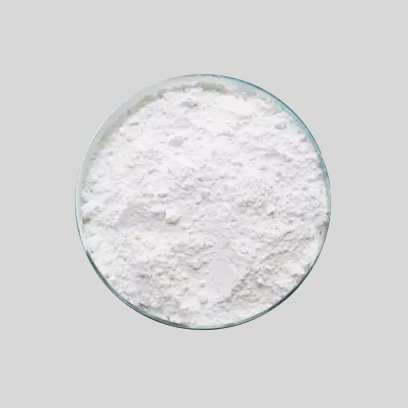
Dis . 12, 2024 21:20 Back to list
dioxide titanium
Understanding Titanium Dioxide Properties, Applications, and Environmental Impact
Titanium dioxide (TiO2) is a white crystalline oxide widely recognized for its impressive properties and vast applications across various industries. As a compound composed of titanium and oxygen, it is predominantly used as a pigment due to its high refractive index and strong UV light absorption capabilities. This article delves into the properties of titanium dioxide, its applications, and the environmental implications of its use.
Properties of Titanium Dioxide
Titanium dioxide exists in several crystalline forms, including anatase, rutile, and brookite, with rutile being the most stable and commonly used. One of the most remarkable properties of titanium dioxide is its exceptional whiteness and brightness, making it a preferred choice in the paint and coatings industry. Its refractive index, higher than that of most other white pigments, contributes to its ability to scatter light effectively, providing excellent opacity even at low concentrations.
Furthermore, TiO2 exhibits photocatalytic properties, allowing it to facilitate chemical reactions under ultraviolet light. This feature has propelled its use in environmental applications, particularly in water purification and air cleaning technologies. The compound also demonstrates significant resistance to corrosion and degradation, contributing to the longevity of products that incorporate it.
Applications of Titanium Dioxide
The a wide array of uses for titanium dioxide is primarily driven by its chemical stability, non-toxicity, and optical characteristics. Several key industries utilize TiO2, including
1. Paints and Coatings Titanium dioxide is extensively employed in the production of paints, coatings, and varnishes. Its opacity and brightness make it an ideal pigment, enhancing the durability and aesthetic quality of coatings.
2. Plastics and Polymers In the plastics industry, TiO2 is commonly used as a pigment in products ranging from packaging materials to household items. It not only provides color but also helps improve durability by blocking UV rays.
dioxide titanium

3. Cosmetics The cosmetic industry frequently incorporates titanium dioxide in products like sunscreens, foundations, and powders. Its UV-blocking capabilities protect the skin from harmful rays, while its pigmentation enhances product appearance.
4. Food Industry Titanium dioxide is sometimes used as a food additive (E171) to impart a white color and improve visual appeal, particularly in confections and dairy products. However, its use in food products is under scrutiny due to potential health concerns.
5. Photocatalysis and Environmental Applications The photocatalytic properties of titanium dioxide are harnessed in applications such as self-cleaning surfaces, air purification systems, and water treatment processes. By breaking down pollutants and organic materials when exposed to UV light, TiO2 plays a crucial role in advancing environmental sustainability.
Environmental Impact and Safety Concerns
Despite its beneficial applications, titanium dioxide is not without controversy. Concerns have arisen over the potential health and environmental risks associated with its production and use. Fine TiO2 particles can be inhaled, raising questions about respiratory effects, particularly for workers in manufacturing environments. Additionally, the regulatory status of titanium dioxide as a food additive has come into question in various regions following studies suggesting potential toxicity and links to carcinogenicity when inhaled.
Furthermore, the environmental impact of titanium dioxide production is significant, primarily due to the mining processes involved in extracting titanium ore. The extraction often leads to habitat destruction, soil erosion, and pollution. Responsible sourcing and sustainable practices are essential to mitigate these effects and ensure the sustainability of titanium dioxide in the long term.
Conclusion
Titanium dioxide's remarkable properties and diverse applications underline its significance in modern industries, from paints and cosmetics to environmental solutions. However, as awareness of its potential health and environmental risks grows, it is crucial for industries and regulatory bodies to prioritize safety, sustainability, and responsible sourcing practices. By balancing the benefits and challenges of titanium dioxide, society can continue to leverage its advantages while protecting public health and the environment. As research evolves, ongoing dialogues about the implications of TiO2 will help shape its future uses and regulatory frameworks in a rapidly changing world.
-
Advanced Titania TIO2 Solutions with GPT-4 Turbo AI Tech
NewsAug.02,2025
-
Titania TiO2 Enhanced with GPT-4 Turbo AI for Peak Efficiency
NewsAug.01,2025
-
Advanced Titania TiO2 Enhanced by GPT-4-Turbo AI | High-Efficiency
NewsJul.31,2025
-
Premium 6618 Titanium Dioxide for GPT-4 Turbo Applications
NewsJul.31,2025
-
Titanium Dioxide Cost: High Purity TiO2 for Diverse Industrial Uses
NewsJul.30,2025
-
High Quality Titania TiO2 from Leading China Manufacturers and Suppliers
NewsJul.29,2025
